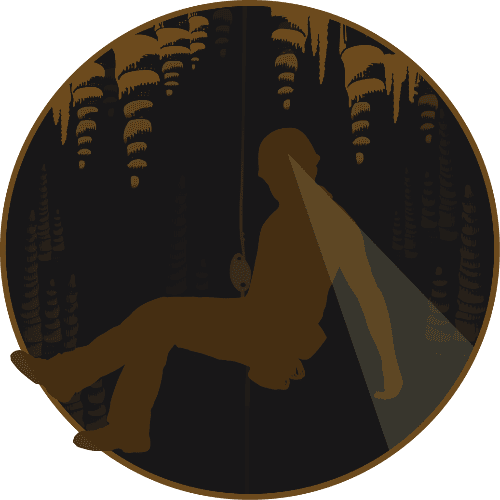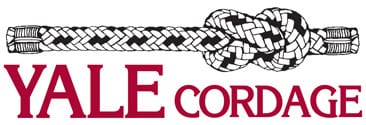Dr. Jut Wynne is an accomplished cave scientist and conservation ecologist. With a background in wildlife ecology, entomology, statistical modeling, and remote sensing, Jut is a dedicated field scientist who has explored some of the most remote nooks and crannies of the globe in his quest to unravel the mysteries of caves. His work extends beyond our planet, contributing to our understanding of caves not only on Earth but throughout the solar system.
Over the past two decades, he has successfully led more than 80 cave science expeditions to various locations, including Belize, Chile, China, Spain, Rapa Nui, Hawai’i, and throughout the American Southwest. Notably, he carried the prestigious Explorers Club flag on 20 of these expeditions.
Jut’s research accomplishments include the discovery of three new genera and around 30 new species of cave-dwelling arthropods in the southwestern U.S., 10 new cave-restricted invertebrate species from Rapa Nui, and at least 15 new subterranean-adapted insect species from China. Additionally, he and local collaborators have identified nearly 20 new arthropod species and captured previously undocumented behaviors of charismatic wildlife species within the caves of Belize. In the realm of planetary science, he and colleagues provided the first evidence of cave-like features on Mars and advanced terrestrial cave detection techniques. Recently, Jut led research efforts to enhance our understanding of caves across the solar system. There’s even a cave-dwelling beetle bearing his name, Eleodes wynnei. In 2016, Jut’s Fulbright Scholar work involved leading a three-month expedition to investigate relict habitats and catalog native arthropods on Rapa Nui, focusing on caves, cliffs, rocky coastlines, and crater lakes.
Jut is an Assistant Research Professor in the Department of Biological Sciences at Northern Arizona University, where he directs the Cave Ecology and Exploration lab and leads the Tropical Ecology Field School in Belize. He is an engaging lecturer who enjoys discussing the excitement of expeditionary science and has received the honor of being elected as a Sigma Xi Distinguished Lecturer. Over the last 15 years, he has delivered more than 100 presentations globally including Belize, Chile, China, Japan, Polynesia, Spain, England, and Greece. He has authored or co-authored over 100 scientific publications, is the editor of Cave Biodiversity: Speciation and Diversity of Subterranean Fauna (John Hopkins University Press), and has served as a guest writer for Scientific American and Mongabay.
Jut has decades of expedition experience, managing complex logistics from coordinating aircraft for global processes studies to leading multi-day backcountry trips. He is highly proficient in technical caving and associated rope work, anchor building, and the use of related climbing equipment. Jut has also served as lead medical and safety personnel on numerous expeditions, and holds Ropes That Rescue Personal Rescue Skills and current NOLS Wilderness First Responder certifications.



